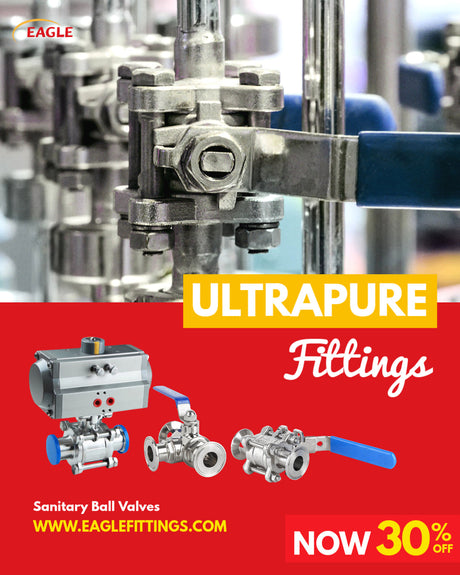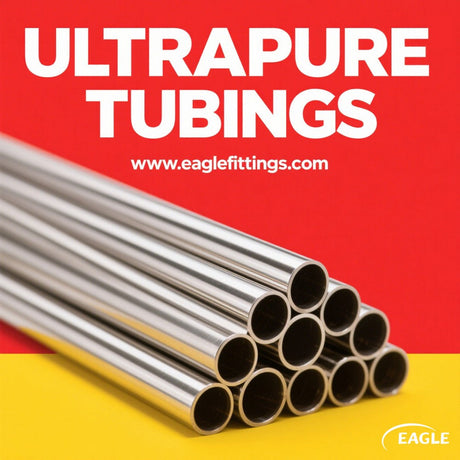
How to Choose a Valve with Handle
Valves with handles are the workhorses of fluid control, but with dozens of types, materials, and brands, finding the right one feels like navigating a maze.

Valves with handles are the workhorses of fluid control, but with dozens of types, materials, and brands, finding the right one feels like navigating a maze.

Knowing whether a valve is open or closed might seem simple—until you’re staring at a rusted handle, a vague label, or a specialized industrial valve with no obvious indicators.

In this guide, we’ll break down the factors that influence costs, compare prices for standard vs. sanitary valves

An eccentric hemispherical valve isn’t just a component—it’s a long-term investment in efficiency and uptime.

In this guide, we’ll explore what sanitary butterfly valves are, how they work, and why Eagle Fittings has become a go-to brand for cost-conscious buyers. Plus, we’ll break down real-world...

But for buyers, navigating sanitary check valve prices can be challenging, with costs varying widely based on size, material, and certification.

Sanitary stainless steel tube replacement is a necessary cost for maintaining safe, efficient operations—but it doesn’t have to be a surprise.

Enter the ball non return valve—also commonly known as a ball check valve—a simple yet indispensable component designed to allow fluid to flow in one direction while automatically stopping backflow.

Non-return valves—also known as check valves—are critical for preventing backflow in pipelines, protecting pumps, compressors, and sensitive equipment from damage.

Butterfly valves are versatile, cost-effective, and widely used in fluid control systems—from municipal water plants to HVAC systems and oil refineries

API 607 and API 608 aren’t just “checkboxes”—they’re guarantees that your valves will perform under stress. API 607 ensures fire safety, while API 608 ensures ball valve quality.

Valves are the unsung heroes of fluid control systems—regulating flow, pressure, and direction in everything from industrial pipelines to residential plumbing.

Gate valves are workhorses in plumbing, industrial, and oil & gas systems—reliable for full open/close flow control.

The choice between single direction and double valves boils down to flow control needs: single for one-way safety, double for two-way flexibility.

Stainless steel (SS) pipes are prized for their durability, corrosion resistance, and strength—making them a go-to choice for plumbing, industrial, and even DIY projects.

If you work with pipelines—whether in water treatment, oil and gas, chemical processing, or HVAC—you’ve likely faced a common dilemma: Should I use a globe valve or a gate valve?